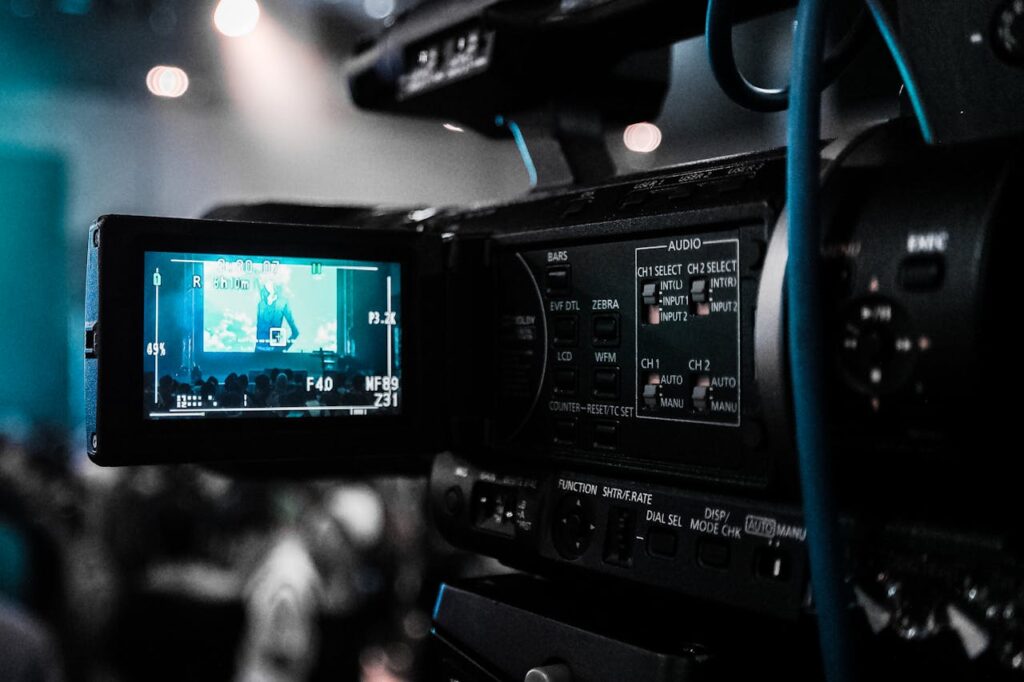Media blackouts and embargoes serve as critical tools in modern communications strategy, allowing organizations to control the timing and impact of important announcements. These strategic practices help maintain message consistency, prevent premature information leaks, and give journalists adequate time to develop thorough, accurate stories. Public relations professionals and communications teams must master the intricate balance of providing advance information while securing confidentiality agreements and managing stakeholder expectations. The successful execution of media blackouts and embargoes requires careful planning, the right technological tools, and strong relationships with media partners.
5WPR Insights
Understanding Media Blackouts and Embargoes
Media blackouts and embargoes, while related, serve different purposes in communications strategy. A media blackout represents a complete restriction on information sharing during a specific period. Organizations implement blackouts during sensitive situations such as mergers and acquisitions, crisis management, or when legal requirements mandate information control. Media embargoes, on the other hand, involve sharing information with journalists before its official release date, with the agreement that they won’t publish until a specified time.
According to a study by Muck Rack, 79% of journalists say they always or usually honor embargoes. This high compliance rate demonstrates the continued value of embargo agreements in media relations. However, the same study revealed that 65% of PR professionals have experienced at least one embargo breach in their career, highlighting the need for careful planning and robust security measures.
Selecting and Implementing Scheduling Tools
Modern media management requires sophisticated scheduling tools to coordinate embargo timing and information distribution. Several platforms offer specialized features for managing embargoed content and tracking media coverage.
Digital Distribution Platforms
PR Newswire and Business Wire provide comprehensive distribution services with built-in embargo functionality. These platforms allow communications teams to schedule releases precisely and track media pickup. They also offer security features like password protection and recipient verification to prevent unauthorized access to embargoed materials.
Content Management Systems
Organizations often use content management systems (CMS) like WordPress or Drupal with scheduling plugins to coordinate website updates with embargo lift times. These systems can automatically publish content across multiple channels simultaneously, maintaining timing consistency when embargoes expire.
Media Contact Management
Tools like Cision and Meltwater help maintain detailed records of media contacts, including their history of honoring embargoes. This information proves valuable when selecting journalists for embargoed information access.
Conducting Effective Stakeholder Briefings
Stakeholder briefings form a crucial component of successful media blackouts and embargoes. These sessions must balance information sharing with confidentiality maintenance.
Planning the Briefing Schedule
Create a tiered briefing schedule that considers stakeholder importance and involvement level. Senior leadership typically receives information first, followed by internal teams and external partners. This approach helps control information flow and reduces leak risks.
Preparing Briefing Materials
Develop comprehensive briefing packets that include:
- Key messages and talking points
- Embargo timing and restrictions
- Contact information for questions or concerns
- Confidentiality requirements
- Potential media response scenarios
Managing Virtual and In-Person Briefings
With remote work becoming common, organizations must adapt their briefing strategies. Virtual briefings require additional security measures, such as secure video conferencing platforms and electronic document protection.
Implementing Non-Disclosure Agreements
NDAs provide legal protection during media blackouts and embargoes, but their effectiveness depends on proper implementation and enforcement.
Essential NDA Components
Strong NDAs for media embargoes should include:
- Clear definition of confidential information
- Specific embargo dates and times
- Permitted uses of the information
- Consequences of violations
- Duration of confidentiality obligations
- Return or destruction requirements for confidential materials
Digital NDA Management
Modern organizations use electronic signature platforms like DocuSign or Adobe Sign to streamline NDA processing. These systems provide audit trails and secure storage of signed agreements.
Creating a Response Protocol
Even with careful planning, organizations must prepare for potential breaches or leaks during media blackouts and embargoes.
Monitoring Systems
Implement media monitoring tools to track potential leaks across:
- Traditional news outlets
- Social media platforms
- Industry forums and blogs
- Online news aggregators
Response Team Structure
Establish a rapid response team including:
- Communications lead
- Legal representative
- Senior management liaison
- Technical support
- Media relations specialist
Measuring Success and Improving Processes
Track key metrics to evaluate the effectiveness of media blackouts and embargoes:
- Percentage of successful embargo completions
- Number of unauthorized disclosures
- Media coverage quality post-embargo
- Stakeholder feedback on process effectiveness
Technology and Security Considerations
Secure Communication Channels
Use encrypted communication methods for sharing embargoed information:
- Secure file transfer protocols
- End-to-end encrypted messaging
- Password-protected cloud storage
- Virtual data rooms for sensitive documents
Access Control Systems
Implement strict access controls:
- Multi-factor authentication
- Role-based permissions
- Activity logging
- Device management policies
Building Media Relationships
Strong relationships with journalists increase embargo compliance rates and improve coverage quality.
Relationship Management Strategies
- Regular communication outside of embargo periods
- Clear explanation of embargo requirements
- Respect for journalists’ deadlines and needs
- Prompt responses to queries
- Exclusive access opportunities when appropriate
Conclusion
Successful management of media blackouts and embargoes requires a comprehensive approach combining technology, clear processes, and strong relationships. Organizations should focus on implementing secure scheduling tools, conducting thorough stakeholder briefings, and maintaining robust NDA procedures. Regular evaluation and updates to these processes ensure continued effectiveness in controlling information flow and maintaining message integrity.
To get started, organizations should:
- Assess current tools and processes for managing embargoed information
- Develop or update response protocols for potential breaches
- Review and strengthen NDA templates and procedures
- Implement secure communication channels for sensitive information
- Build and maintain relationships with key media contacts
- Regularly train staff on embargo management procedures
By following these guidelines and maintaining consistent evaluation and improvement cycles, organizations can effectively manage media blackouts and embargoes while protecting sensitive information and maintaining stakeholder trust.

More PR Insights
The Impact Of Live Journalism On Media Revenue Strategy
How to Share Company Values Beyond HR with Customers and Teams
Cross-Functional War Rooms: Building Effective Crisis Communications Teams